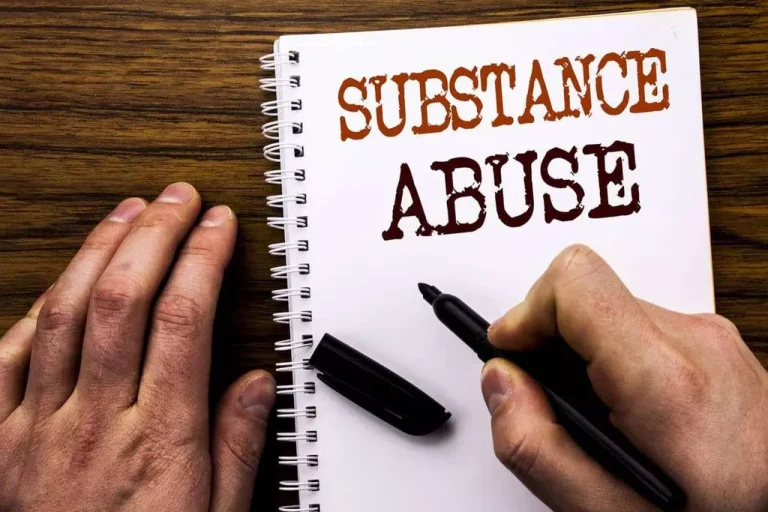Beware of online pharmacy purchases; in general, consumers in the U.S. should only purchase medications from their local pharmacy or a health-plan administered mail-order pharmacy. As noted in the Boxed Warnings, concomitant use of benzodiazepines and opioids may result in profound sedation, respiratory depression, coma, and death. Withdrawal reactions can also occur if the drug is stopped suddenly, especially those that are shorter-acting. Discontinuation of a benzodiazepine should be done gradually under a doctor’s direction.
Medical Usesedit edit source
These drugs treat a range of mental and physical health conditions, including anxiety, seizures, and panic attacks. These prescription drugs are usually effective and safe when used for a short time. Benzodiazepines and beta-blockers are useful as needed to reduce severe anxiety in the short-term. However, taking benzodiazepines over long periods may lead to drug tolerance or even dependence. To avoid these problems, health care providers usually prescribe benzodiazepines for short periods and taper them slowly to reduce the likelihood of withdrawal symptoms or renewed anxiety symptoms.
SNRIs might work better in some people if SSRIs haven’t brought improvement. According to the National Institute of Mental Health (NIMH), nearly 57.8 million adults 18 and older reported a mental health condition in 2021. Psychotropic is an umbrella term for a lot of different drugs, including prescription and recreational drugs.
What are mental health medications?
Many traditional benzodiazepines are broken down in the liver and when combined with drugs that block this action, blood levels can rise, leading to side effects. Lorazepam, oxazepam and temazepam are less likely to have this risk due to fewer liver enzyme interactions. Sudden discontinuation can also lead to rebound insomnia, making sleep difficult and leading to continued use and higher doses of benzodiazepines, a dangerous cycle. Clonazepam is the benzodiazepine most frequently used for long-term control and prevention of chronic seizure disorders; however, in general benzodiazepines are not usually the first choice for seizure prevention. All benzodiazepines are listed as DEA schedule IV controlled substances.
- Benzodiazepines treat anxiety, insomnia, seizures, muscle spasms, and alcohol withdrawal by calming the central nervous system and reducing overactivity.
- Saxenda (liraglutide) injection is used for weight loss in obese or overweight patients.
- Midazolam, in particular, is one of the most lipophilic benzodiazepines, meaning it rapidly crosses the blood-brain barrier (to enter your CNS).
- Cognitive behavioral therapy has demonstrated its effectiveness in the research.
Long-term use is defined as two or more months at a therapeutic dose and when used long-term, BZDs pose potential harmful effects. Some additional side effects of concern include aggressive behavior and expressing anger towards others in between 1% and 20% of users 17. The main driving factor for dependence is the development of tolerance, causing users to need increasing doses for the same symptom relief 18. Benzodiazepines are commonly prescribed drugs in outpatient and hospitalized patients. Benzodiazepines are effective for sedation and anxiolysis; they also have the potential to cause harm.
- Each of these studies received mixed results, with no statistically significant advantage to BZD therapy.
- This duration of tapering is linked to long-term abstinence from benzodiazepines.
- In comparison, Klonopin (clonazepam) is taken by mouth and used more often for panic disorder and seizure prevention because it lasts longer and is usually taken two times per day.
- They found significant changes in sleep microstructure in chronic insomnia with high dosage abuse of BZD, but sleep architecture changes were not significant.
Alcohol withdrawal
These medications can also cause dependence and lead to substance use disorders. Psychotropic drugs have many interactions with other drugs, food, alcohol, and over-the-counter (OTC) products. Always tell your doctor and pharmacist all the medications and supplements you’re taking to help prevent adverse reactions. This is one of the oldest classes of antidepressants still available on the market. Aripiprazole (Abilify), clozapine (Clozaril), and quetiapine (Seroquel) have a black box warning for specific safety concerns.
Benzodiazepine Tolerance and Withdrawal
Starting in October 2024, over 200,000 bottles of duloxetine delayed-release capsules were recalled over concerns about the presence of nitrosamines, which can increase the risk of cancer. If you take duloxetine, check your medication packaging to see if it was part of the affected lots or call your pharmacist to find out. You should also contact your prescriber, as abruptly stopping a medication like duloxetine can be dangerous. Examples of commonly prescribed SSRis include Prozac (fluoxetine) and Lexapro (escitalopram). Venlafaxine is used to treat major depressive disorder, anxiety, and panic disorder. Overdose symptoms may include severe drowsiness, confusion, slurred speech, muscle weakness, loss of balance or coordination, feeling light-headed, slow heartbeats, weak or shallow breathing, fainting, or coma.
This is supported in a similar study of elderly adults on a BZD for six months with drug discontinuation one month later. The study found no significant cognitive impairment in adults with long-term use of BZD 20. A study of over 2000 older adults assessed the effects of chronic BZD use on cognition 21. Chronic use of BZD leads to a small but significant change in fluid intelligence, while long-term use of BZD correlates with worse cognitive decline when compared to the effects of using a high dosage 21. Mood stabilizers are sometimes used to treat depression (usually along with an antidepressant), schizoaffective disorder, disorders of impulse control, and certain mental illnesses in children.
It’s illegal to have or obtain them (depending on the laws where you are) if you don’t have a prescription. All benzodiazepines work in a similar way but there are differences in the way individual benzodiazepines act on different GABA-A receptor sub-types. In addition, some benzodiazepines are more potent than others or work for a longer length of time. The table below summarizes the common benzodiazepines available in the U.S.
Related treatment guides
These 5 subunits include 2 alpha subunits, 2 beta subunits, and 1 gamma subunit. The extracellular portions of the alpha and beta subunit proteins form a receptor site for GABA, which is an inhibitory neurotransmitter. The extracellular portions of the alpha and gamma subunit proteins form a binding site for benzodiazepines. These effects help relieve the symptoms of certain conditions it’s used for, such as anxiety and panic disorder, and are why it is sometimes used for sedation. NIMH does not provide medical advice, endorse or recommend specific medications, or offer treatment referrals. If a person’s symptoms do not improve with usual antipsychotic medications, they may be prescribed an atypical antipsychotic called clozapine .
Join A Study
Some parents worry that stimulants may lead to misuse or dependence, but evidence shows this is unlikely when the medications are used as prescribed. Other challenges with stimulant treatment, such as sleep disturbance and slowed growth, can generally be safely managed by a health care provider. In a 12-month period spanning 2014 and 2015, experts estimate that at least 30.5 million people in the U.S. took benzodiazepines prescribed by a healthcare provider. The absence of a warning for a given drug or drug combination in no way should be construed to indicate that the drug or drug combination is safe, effective or appropriate for any given patient.
People should not stop taking a prescribed medication, even if they are feeling better, without the help of a health care provider. A provider can adjust the treatment plan to slowly and safely decrease the medication dose. Stopping a medication too soon may cause unpleasant or harmful side effects. Lithium , an effective mood stabilizer, is approved for the treatment of mania and bipolar disorder. Some studies indicate that lithium may reduce the risk of suicide among people taking it for long-term symptom maintenance. Health care providers generally ask people who are taking lithium to participate in regular monitoring to check lithium levels and kidney and thyroid function.
Certain factors play a role in the severity of withdrawal symptoms, such as dosage, duration of action of the BZD duration of treatment with the drug, and severity of psychiatric symptoms pre-treatment. Studies have shown that treatment for longer periods with high-dosage, short-acting BZD contribute to more severe withdrawal effects 61. Milder effects are seen with longer-acting BZD that are used for shorter periods 61. Those who have never experienced withdrawal symptoms from BZD discontinuation could quit using BZD more easily 62. People with severe anxiety before starting treatment with BZD typically have more severe withdrawal symptoms, and thus have a list of common benzodiazepines + uses and side effects harder time fully discontinuing the drug 63. Psychiatric diagnoses have also been linked to one’s ability to discontinue treatment with BZD.




